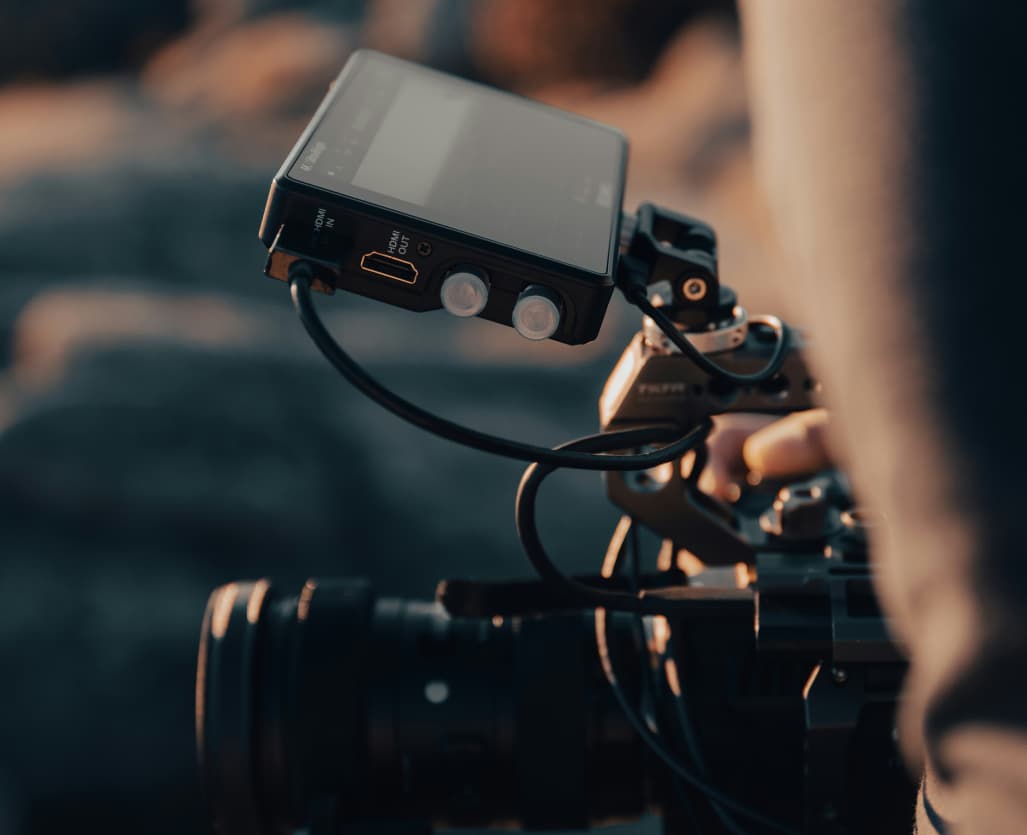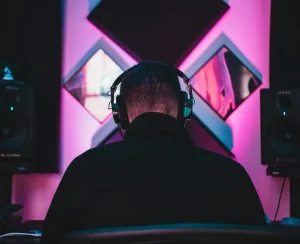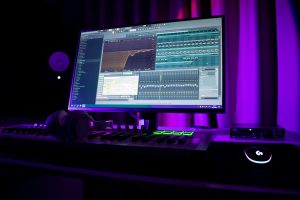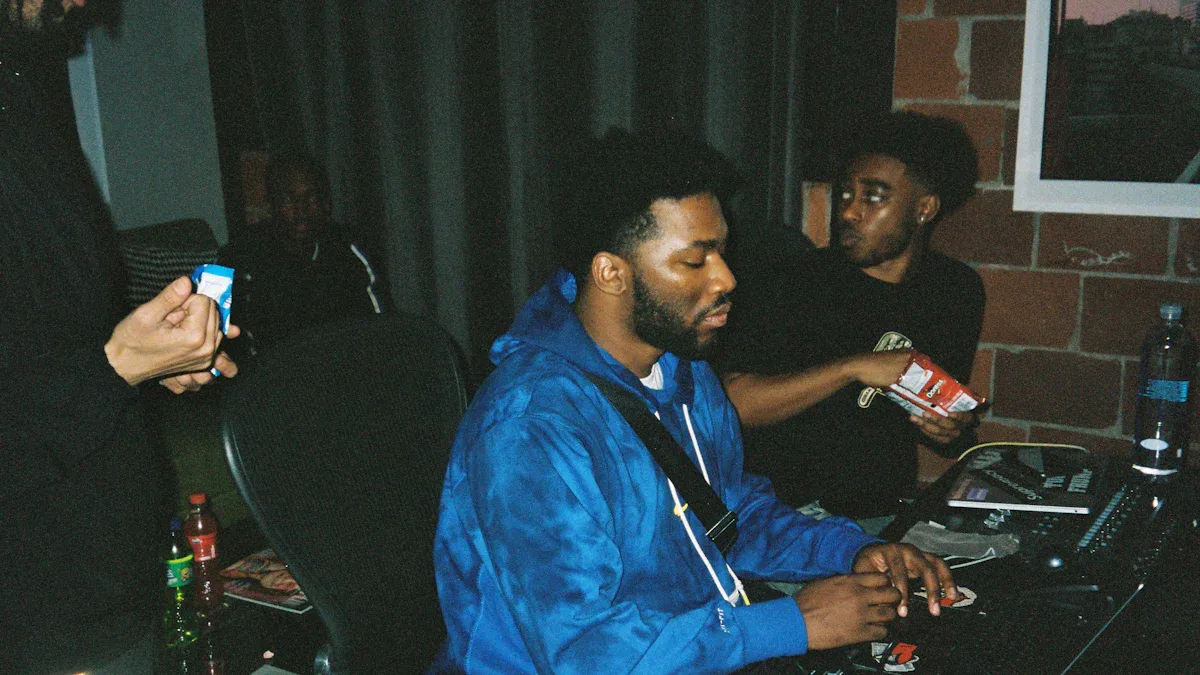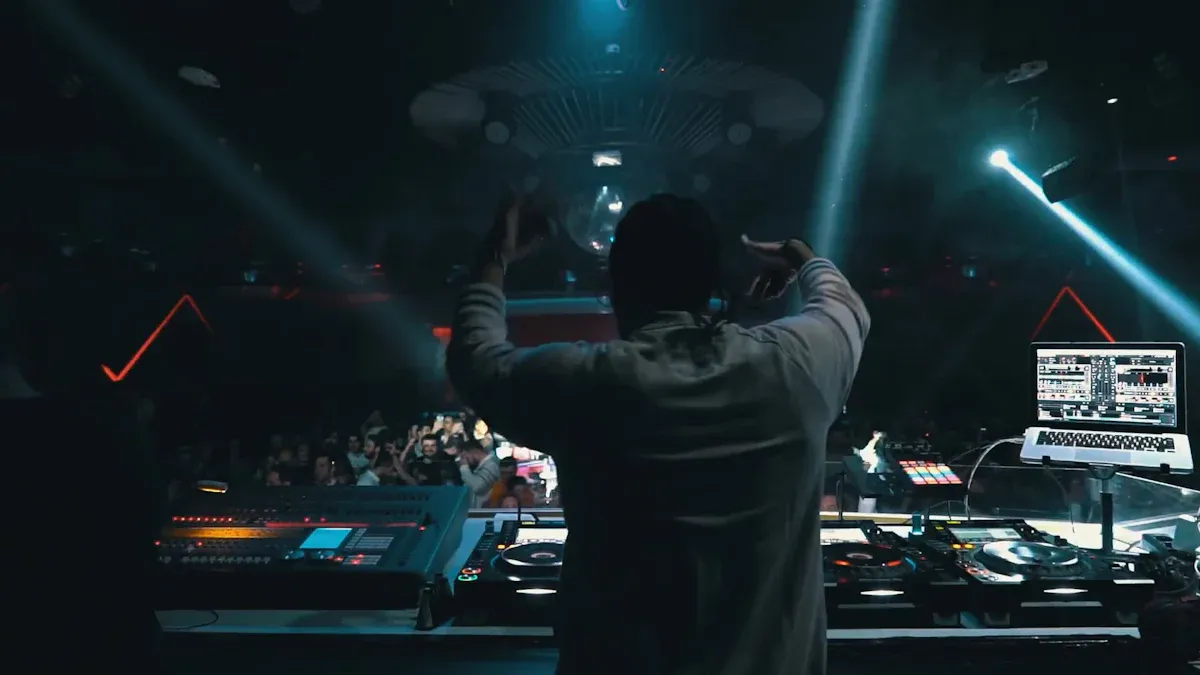Camera shots are one of the most important elements in the process of making a film since they convey information. A close shot is used for the introduction of a character, and for emphasis or dramatic effect, the director will use a close-up shot. When it comes to filming a Japanese scene or any other scene, the right shot is crucial.
In this guide, you will find more than thirty types of camera shots, and their purpose and effect will be described. Mastering these techniques will significantly improve your ability to create more engaging and dynamic content. Let us take our time to discuss the basic, creative, and even state-of-the-art ways of taking camera shots.
Essential Camera Shots
These are primary camera shots that are used in film production to make an introduction, reveal important information, and set the tone of the scene.
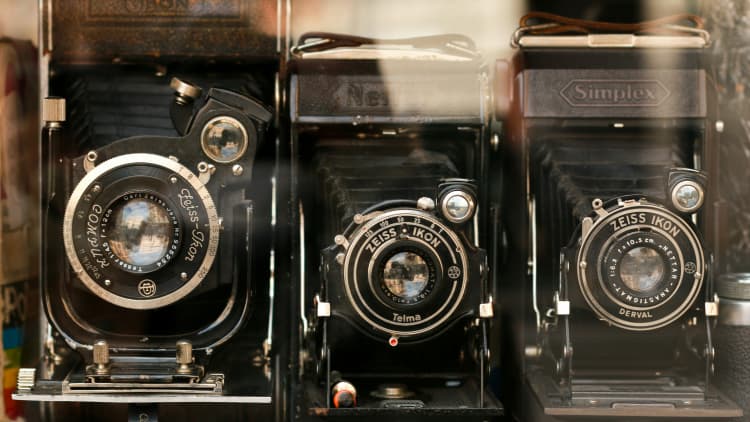
Framing & Composition
Framing and composition are fundamental elements in creating any shot. It is the process of choosing the location of the subject in the picture frame in order to have an appealing scene. Proper framing results in better-looking shots that also control the viewer’s attention to important aspects of the shot. For instance, one of the main techniques that can help achieve well-balanced and engaging visuals is the rule of thirds.
It also allows us to draw attention to some specific details in the shot and provides more context and depth to the scene. In most content delivery techniques, such as Japanese videos, the right framing is essential in directing the attention of the viewer and accompanying sensations without overloading them with visuals.
Movement-Based Shots
The shooting movements refer to the changes in the position of the camera in order to increase the intensity of the scenes. They include the pan shot, the tilt shot, the truck shot, and the zoom shot. A pan is a movement of the camera from one side to the other, while a tilt is a movement up or down. This is when the camera moves in parallel with the subject, which can be done with a dolly or crane, and gives great energy. These shots are important in depicting movement or tracking the movement of a character. If timed correctly, they can also build suspense or link emotions in the scene, thus making the show more realistic for the viewers.
Creative & Specialty Shots
Speciality and creative shots are more versatile, as the company can use them to be more creative. These shots are used to draw attention to certain aspects, or change or create a mood in the viewer. For instance, a low-angle shot can give the impression of power or dominance of a character, while an extreme close-up shot focuses on a subject’s facial expression or an object.
There are some other creative shots, such as Dutch angles or aerial shots, which can bring different perspectives and some style to the narration. Thus, in a way, it is possible to enrich the film’s narrative while maintaining the audience’s visual interest through the use of these techniques.
Advanced Shot Combinations
Using different types of shots makes the scene more interesting and gives it different emotions to tell the story.
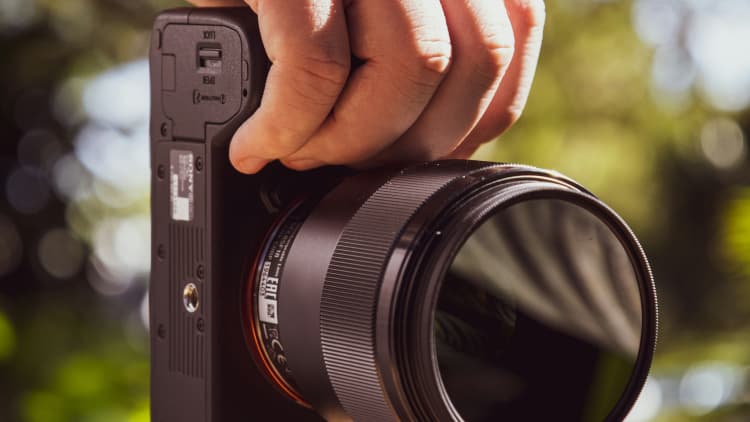
The One-Take Wonder: “How to plan seamless long takes”.
Long takes are a technique that films an entire scene without interruption and with no joins within the shot. These require detailed coordination between directors, actors, and the camera team. A successful long take requires a steady, uninterrupted camera movement without any cuts or edits. They are typically used to create an element of suspense or establish the environment and constant movement. This means that it requires accurate planning and coordination – each move and place, each timing has to be perfected.
Jump Cuts: “Breaking continuity for style”.
Jump cuts are often used within a single scene to intentionally disrupt continuity for stylistic purposes. This interruption is mostly used to convey importance, fun, or a new story. Montage or short-form filmmakers employ jump cuts when a director wants to subvert the audience’s expectations for stylistic choice. Jump cuts highlight essential aspects of the story, accentuate mood changes, or accelerate the pacing of the narrative. Still, when used properly, jump cuts can bring a sequence a feeling of liveliness or intensity.
Montage Theory: “Pacing with shot sequencing”.
Montages are a series of shots played in a sequence to show the change, development, or passage of time. The sequence of scenes and shots informs the audience of a condensed plot progression. Using montages in the context of the two films, they are used to portray the change in the character, change in scenery, or change in some sort of progress. They are useful when it comes to expressing the time taken or different events that occur over a long time or many instances without pausing the story.
If done properly, they create an internal beat and re-emphasise the key message. Montages should be impactful, creating a strong association between visuals and audience emotions. In some creative formats, montage sequencing also helps create a sense of sensory narrative by gradually incorporating slight changes in the movements, facial expressions, and even the environment.
AI Music Pairing by Shot Type
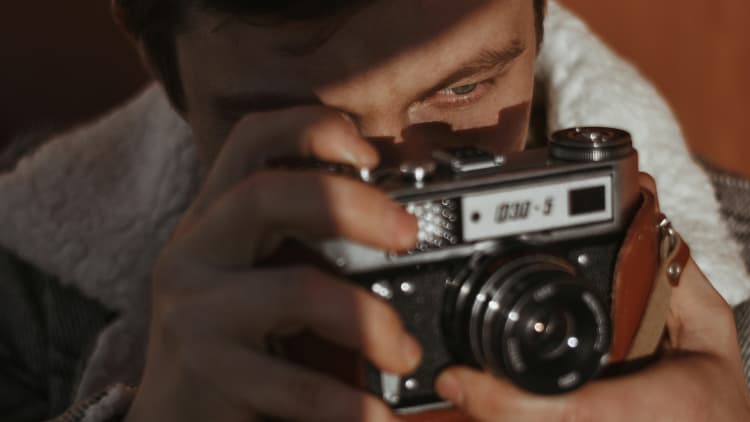
TemPolor is an excellent AI music tool for filmmakers. It offers over 200,000 royalty-free tracks and uses AI to create custom soundtracks that perfectly match different shot types. Slow, wide-angle shots can be paired with ambient or classical music, while fast-action sequences can be enhanced with fast or heavy music. The platform’s user-friendly design allows for quick and seamless integration of music with visuals, contributing to the overall rhythm and intensity of the film.
With TemPolor, you can customize countless versions of a single track to fit the tone and pace of your shots. This flexibility ensures that the music is uniquely tailored to your project, enhancing the emotional connection between the visuals and the viewer. As AI technology advances, tools like TemPolor will continue to revolutionize filmmaking.
Conclusion
Camera shots are essential filmmaking techniques used to express ideas and emotions. Describing shot types from the most simple to the most complex level, in terms of narrative purposes, there are distinct roles for each shot type. It is essential to know about the concept of these shots and how one can use them and integrate them to come up with better content. Knowledge of these shot types will enable you to come up with a unique movie that will capture the attention of the audience.
Learn more:How to Clean Camera Lens?
